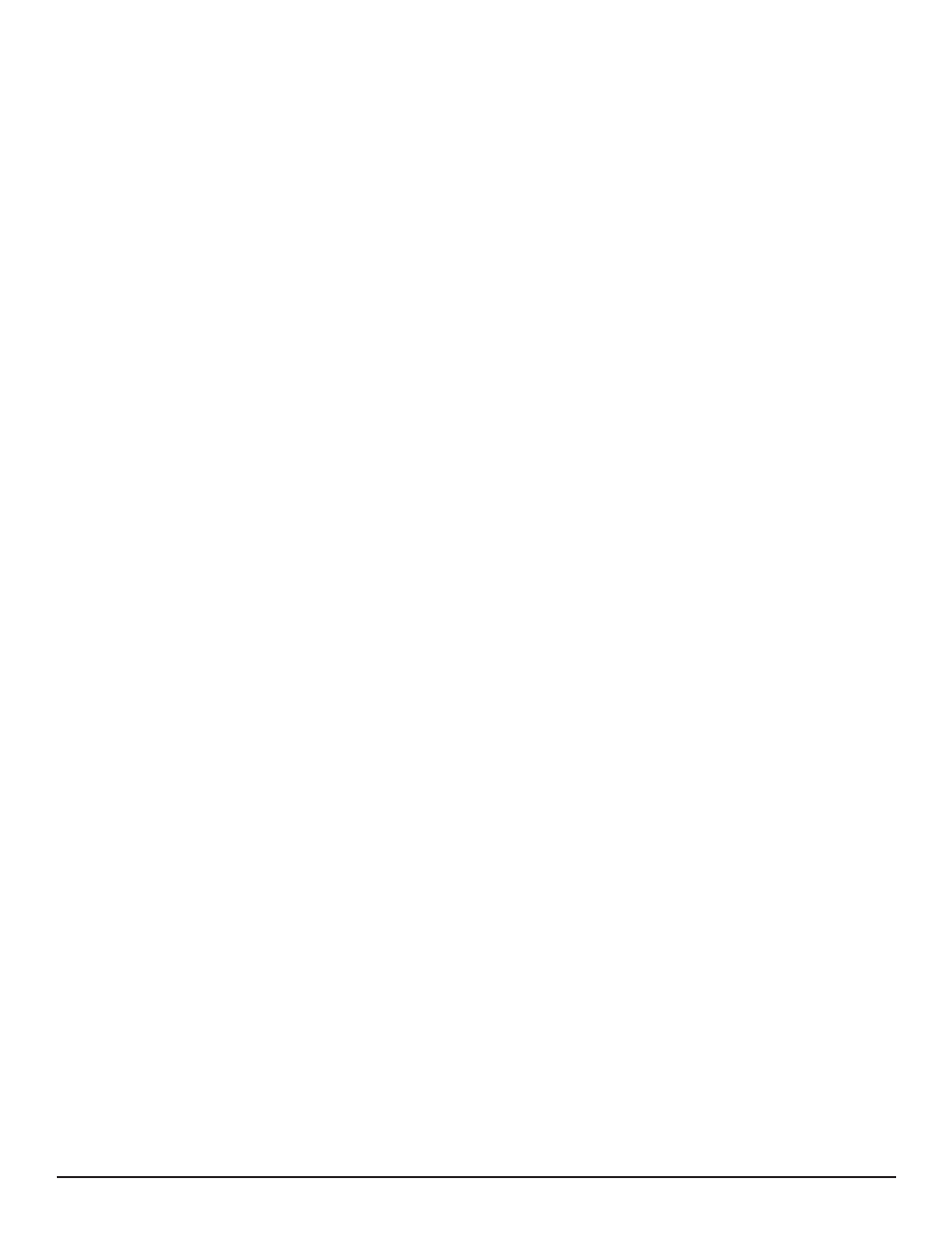ShoreLand'r LAV55TBB V.2 User Manual
Page 11

Midwest Industries, Inc.
Ida Grove, IA 51445
800.859.3028
www.shorelandr.com
0004179
Page 11
03/23/2010
BUNK ASSEMBLY
Locate the carpeted bunks.
Turn the bunk assembly upright and place on the trailer so that the
bunk brackets drop down the back side of the brackets mounted to
the cross members. Align the proper hole in the bunk brackets with
the hole in the bracket mounted to the cross members. Insert a 3/8”
x 1” hex bolt into the aligned holes. Secure with a 3/8” flange lock
nut. Tighten. Tighten the nuts left slightly loose when assembling
the bunks.
Repeat the above process on the bunks for the other side of the
trailer.
h t t p : / / w w w . s h o r e l a n d r . c o m / p a g e s / o _ m a n u a l /
AxleBrakeLineServiceBulletin.pdf
FRAME BRAKE LINE
Place the rubber grommet around the brake hose and insert it
into the hole in the brake hose mounting bracket. The grommet
will protect the hose from abrasion as well as retain it from slid-
ing down while being towed. Enough slack should be left in the
brake hose from the hose mounting clamp and the axle to allow the
axle to move freely without the hose rubbing on the spring or any
other steel part. All additional hose above the brake hose mounting
clamp and the side frame hole can be pushed back into the side
frame for protection from the elements.
In the event that the axle position is at some distance from the hole
in the side frame where the brake hose is routed from, two addi-
tional hose mounting clamps and self-tapping screws are provided
to attach the brake hose to the inside of the side frame. Bend the
hose mounting clamps open far enough so the hose can be slid in-
side the clamp. Once the hose is inside, bend the clamps back shut
so it forms around the brake hose. Position the two clamps on the
inside of the side frame spaced so there is an equal distance be-
tween the hole where the brake hose comes out of the side frame
and the brake hose mounting clamp. Using the self-tapping screws,
drill them into the side frame to secure the clamps in place. Tighten
until the screws are fully in. This will grip the brake hose and keep
it from moving.
All bleeding to the line is to be done through the bleeders on
the calipers.
Fill the actuator reservoir with brake fluid and bleed the line
per the instructions in the brake manual.
TIRE & RIM ASSEMBLIES
Mount the tire and wheel assemblies using the 1/2” fine threaded
tapered lug nuts provided. Tighten to 85-95 ft/lb. of torque using the
rotation pattern as shown in the ShoreLandr’s Owners Manual.
Re-torque the lug nuts after 50 miles of driving and then periodi-
cally thereafter.
TRAILER ADJUSTMENTS
The adjustment of the trailer to your boat is very important not only
for the trailer, but also the boat. Failure to do so may lead to poten-
tial failure or damage to either the trailer or boat.
Adjust as follows:
Axle Adjustment
The amount of tongue weight on your trailer can be adjusted as
follows:
To lower the tongue weight, adjust the axle assembly forward. To
increase the tongue weight, adjust the axle backward.
The distance that the axle assembly has to be moved will vary be-
cause it is directly related to the weight and center of gravity of the
boat placed on it.
Best towing is achieved when the tongue weight is 5-7% of the total
gross load of the complete unit.
Wire harnesses and brake line lines will need care when moving
the axle assembly.
Rear Support System
Place the boat on the trailer so that the transom is located at the
rear of the support system. The transom of the boat should be with-
in 1-2” of the end of the bunks.
Bunks
Make sure the bunks are positioned far enough apart to give your
boat as much stability as possible while transporting. Position the
bunks so they are located just to the outside of a strake or else
have the strake located between the bunks. The bunk positioning
is a pre-determined position that will work best for your particular
boat.
Front Support System
Bunk
Adjust the bunks up so that there is approximately 1-2 inches clear-
ance between the keel of the boat and the center cross member
pad.
Winch Post
The winch post is pre-adjusted to fit the boat. If it does not, use the
following instructions to adjust to properly fit your boat.
Once all other adjustments are complete the winch post can be ad-
justed. Slide the winch post base backward on the tongue until the
bow roller comes in contact with the boat. This bow roller needs to
be positioned directly above the boat bow eye to prevent your boat
from moving forward in the event of a sudden stop. It can be moved
up or down by removing the back bolt that mounts the winch head
to the base. When this bolt is removed, the head can be rotated up
or down to reach the desired height required to fit your boat. Once
in this position, align the closest pair of holes in the brackets and
reinsert the bolt just removed. Tighten. Attach the winch strap and
crank winch tight. Attach the bow eye safety chain into the bow eye
of the boat as well. This is just another level of protection to keep
your boat and trailer together as one unit.
